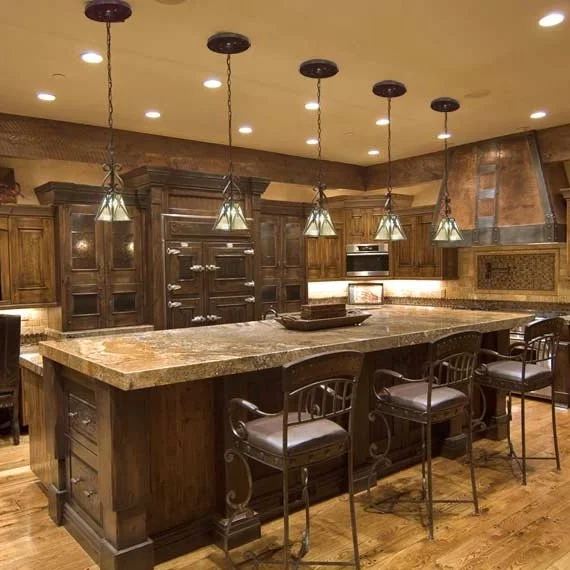Kitchen Electrical Details
Lights, appliances, electrical sockets--your kitchen has it all.
Out of all the rooms in your home, it shouldn’t be a surprise that your kitchen uses the most electricity. Because really, even if you can fry an egg on the sidewalk in the middle of a Phoenix summer… you probably shouldn’t eat the egg you just cooked on the ground. You should use your kitchen. Remodeling is the perfect time to update your wiring and get everything up to code. The code isn’t just there for red tape and hassle; it’s designed to give you the safest home possible.
The average kitchen needs 5-6 different and dedicated circuits running through it, and it’s not at all uncommon for there to be more than that. Your fridge, range, counter receptacles, and lights are the things all (barring a few) kitchens have in common, and they’re all required to be on their own circuit. Aside from those, if your kitchen is equipped with a dishwasher, a garbage disposal, or a built-in microwave they’ll get their own dedicated circuit too.
Is your Refrigerator Running?
Joking aside, hopefully, the answer is 'yes'. If so, it’s on a 20- amp 120/125 volt, dedicated circuit. And while Arizona doesn’t require that it be a grounded circuit, there’s no reason not to put it on one.
What about the stove?
Shiny electrical appliances bring great joy.
Whether or not you have an electric stove, when you’re doing your remodel it’s a good idea to install an electric circuit as well, it won’t cost that much extra, and it’s a good idea to keep your appliance options open in the future. The electric range is a 50-amp 240/250 volt circuit, and the gas only requires a 120/125-volt receptacle.
Garbage Disposal
Because the food disposal is such a small appliance, it requires only a 15-amp 120/125 volt circuit.
Dishwasher, Lights, Outlets, and Everything Else
Everything else running out of your kitchen will run on circuits of the same kind. (a 20-amp 120/125-volt circuit) If your microwave is built in it should have its own, as well as any other appliances that don’t move. When installing your dishwasher, make sure you leave enough room so you can pull the dishwasher out from the wall without completely disconnecting the system. Truly, if you need to repair it someday, whoever’s doing it will thank you.
Your lights should each be on their own switch for your convenience, and give yourself a little room for improvements or changes later down the line. And when you’re doing your countertop receptacles think about where you’re placing them. Where are you going to be standing? Where’s it the most convenient? Should you do just 2 circuits? Or more? Don’t forget that if they’re within six feet of the sink, they’ll need to have a GFCI.
Your choices will bring comfort, beauty and convenience to your kitchen.
Set up a plan that’s right for you and your home, and if you do it yourself, make sure you look into Phoenix’s codes and ordinances when it comes to electrical safety. If you decide you don't want to take on an electrical project but want one done, give us a call or schedule a visit. We're happy to help!



